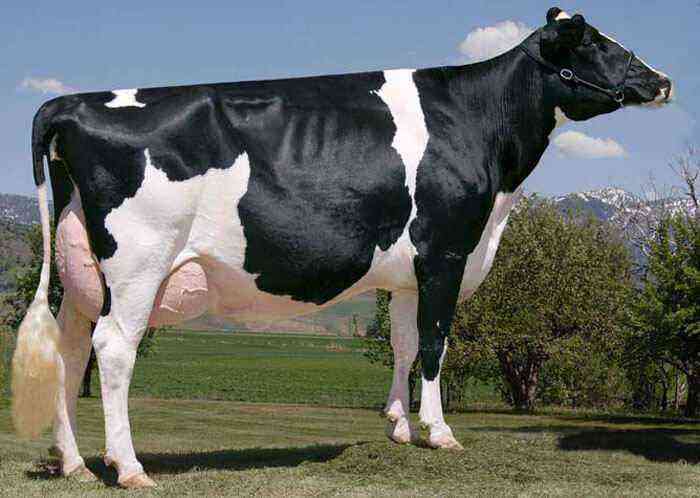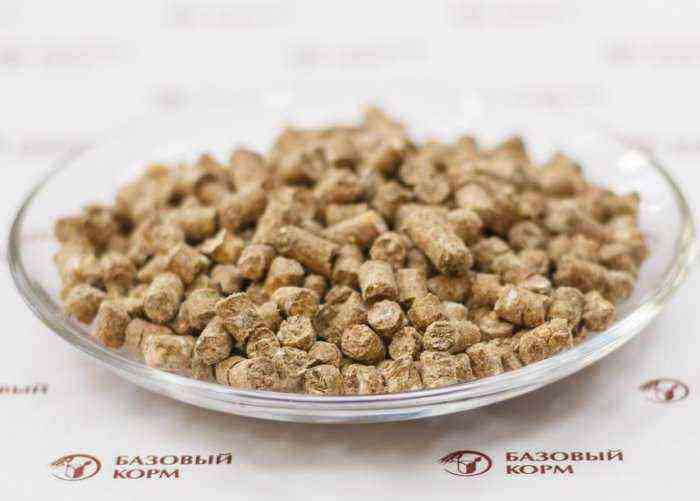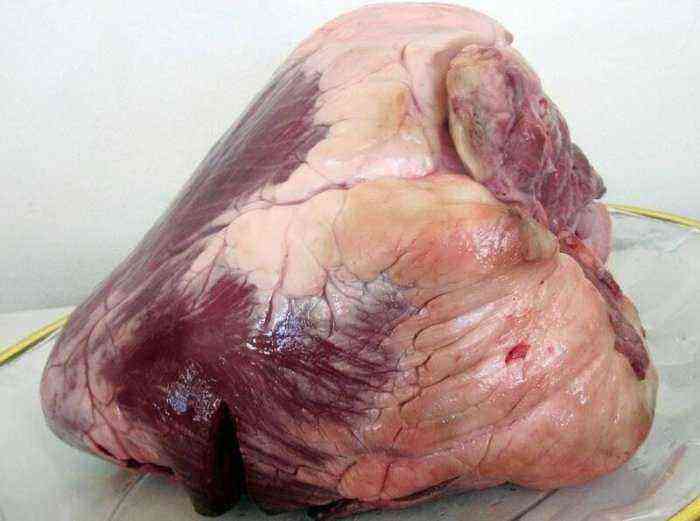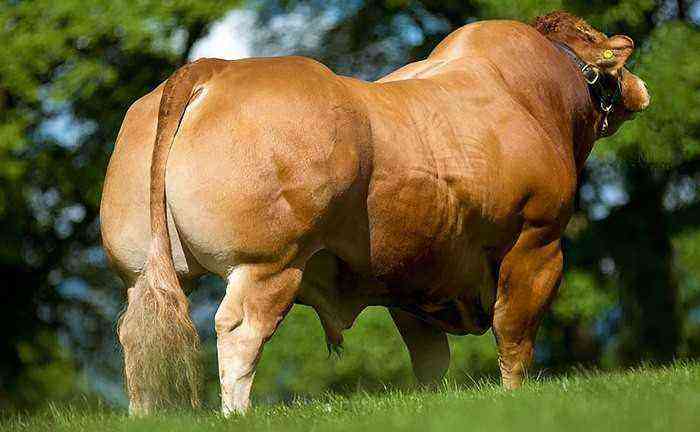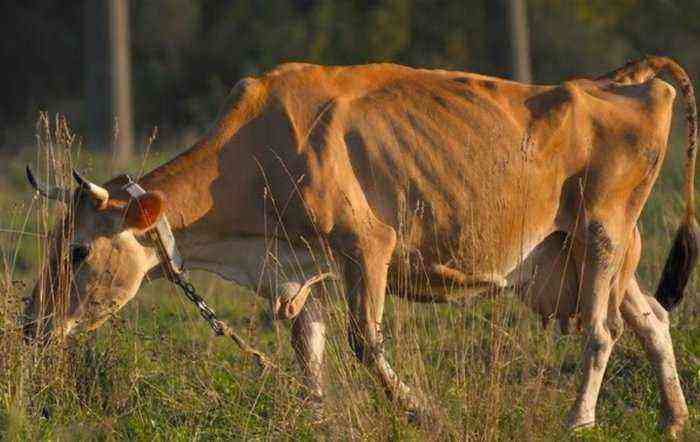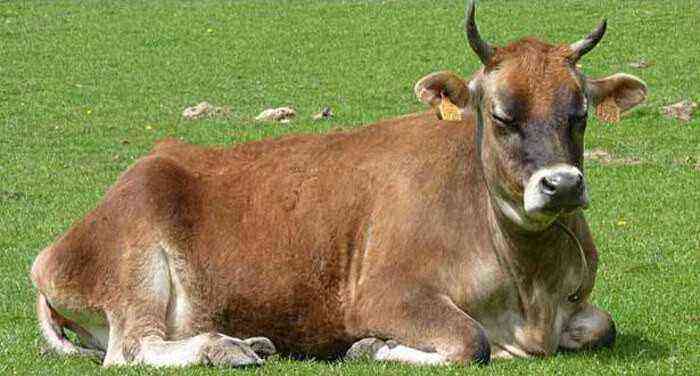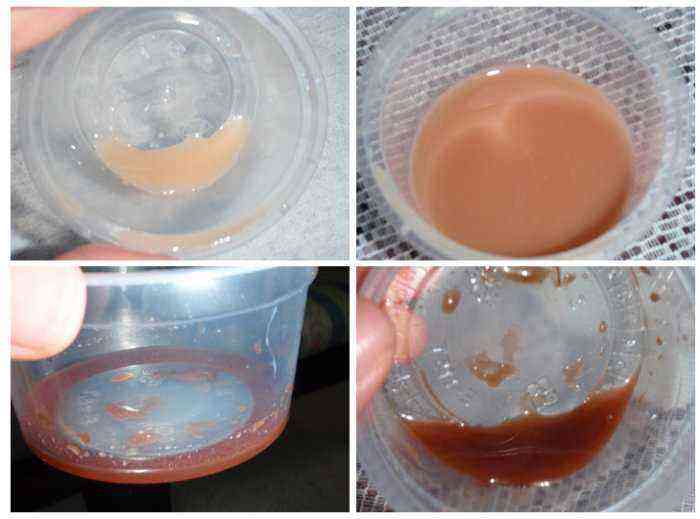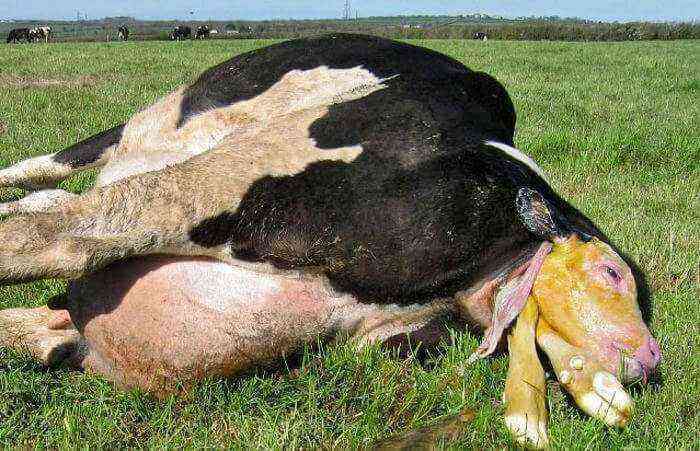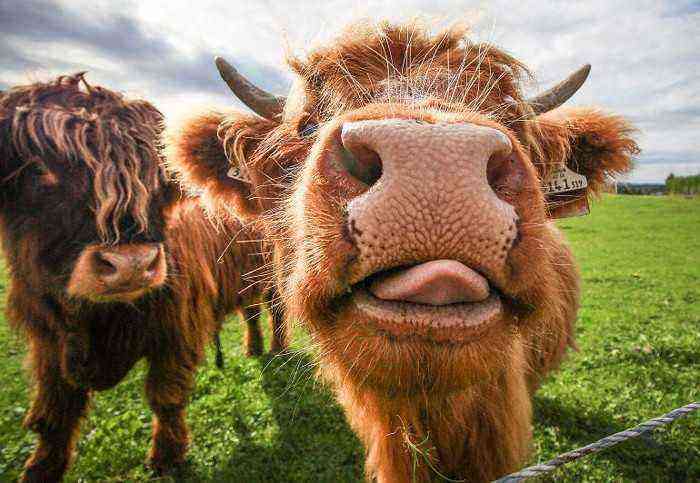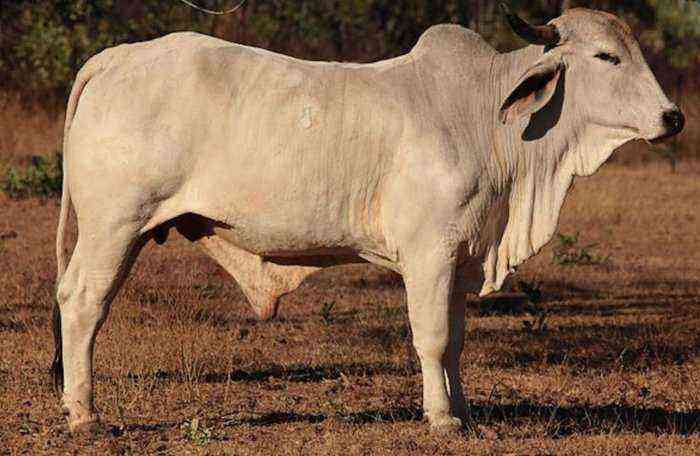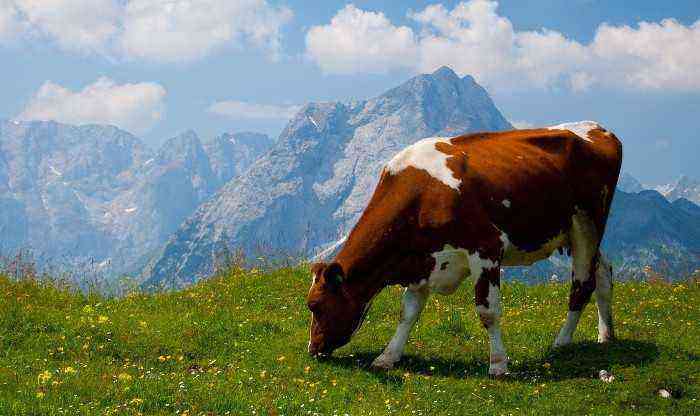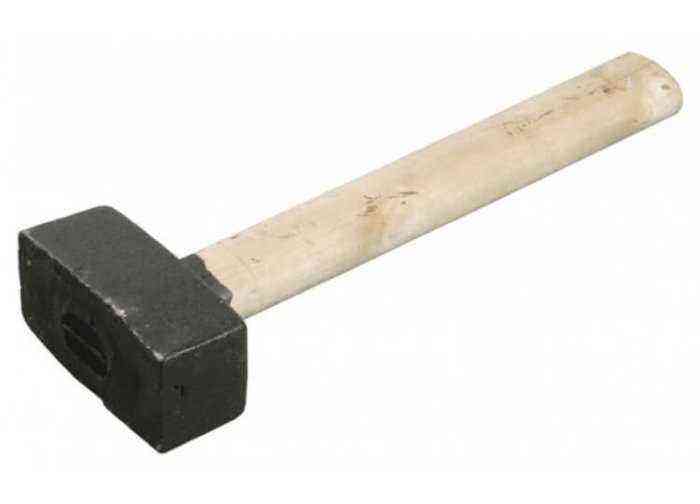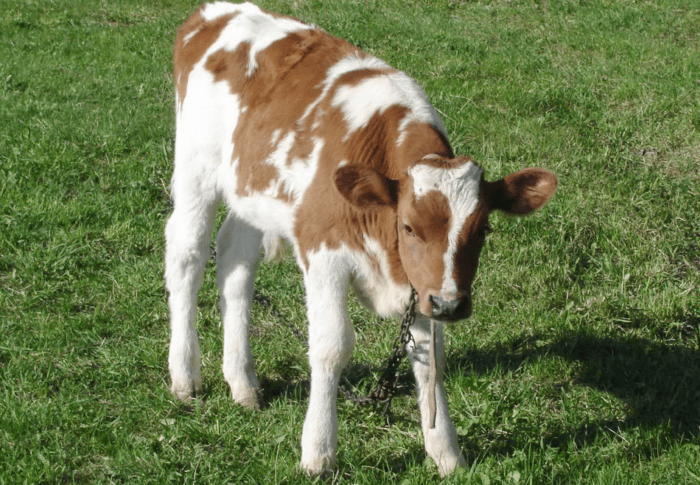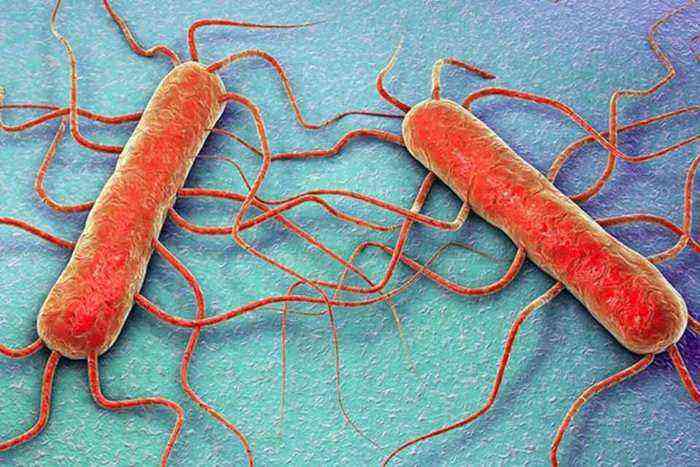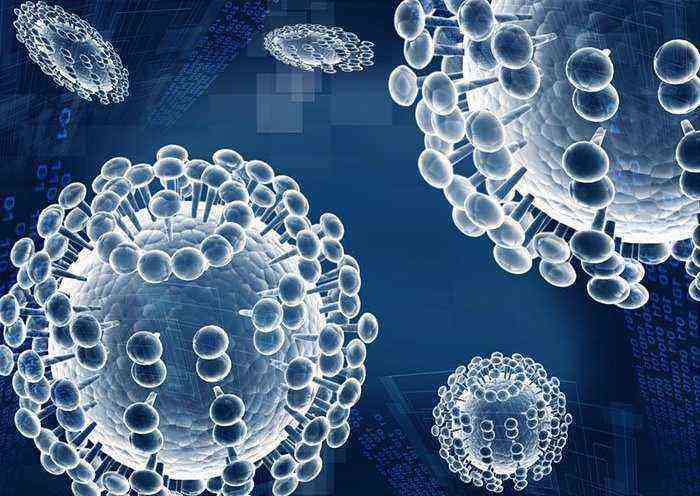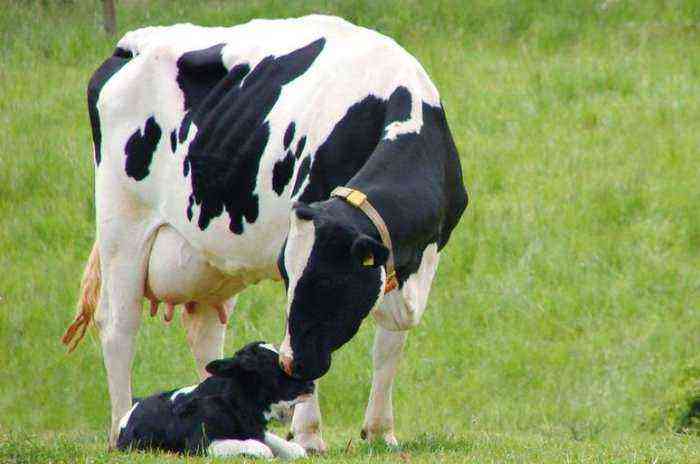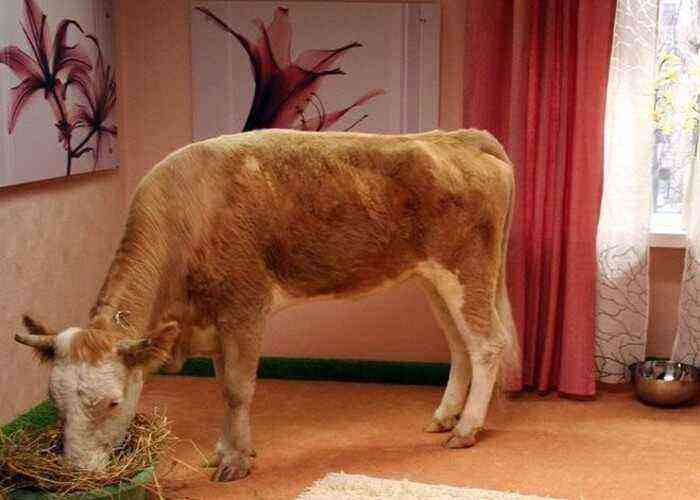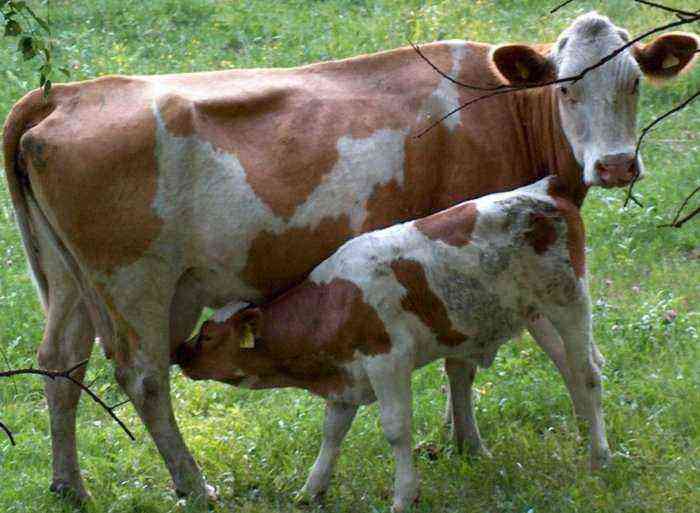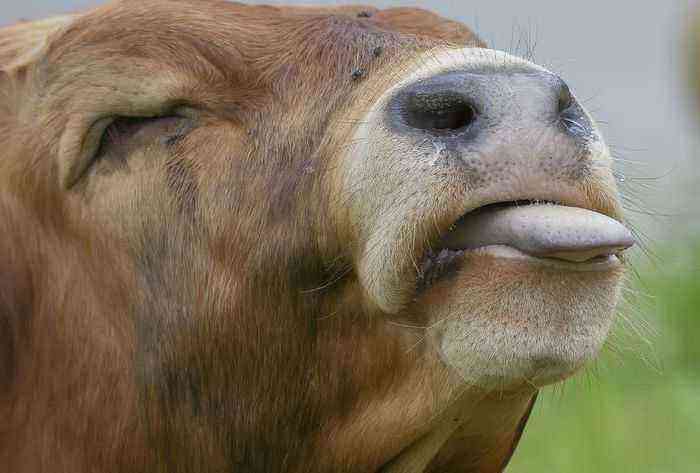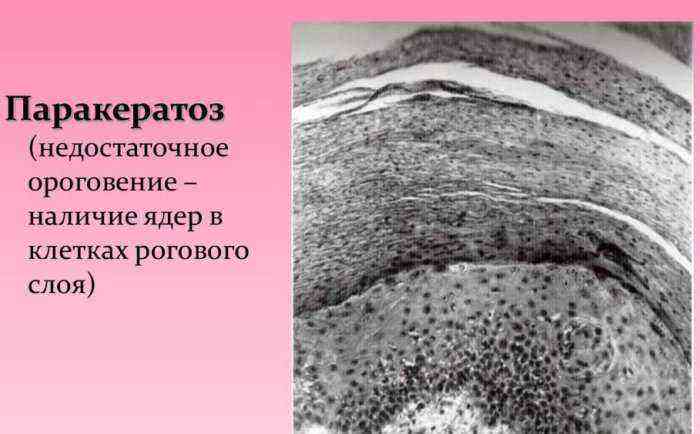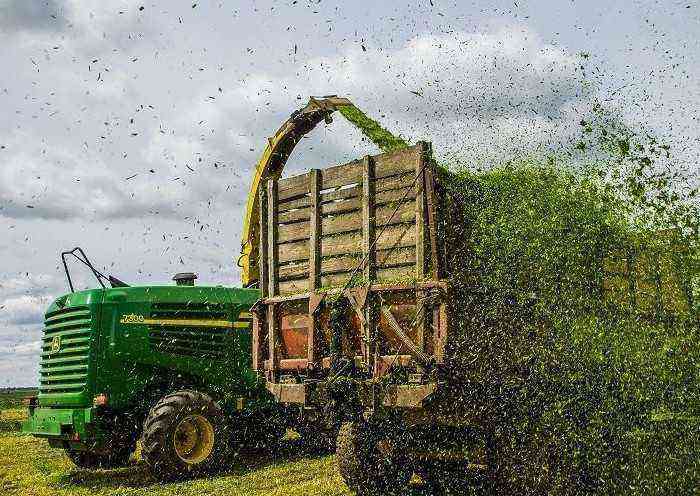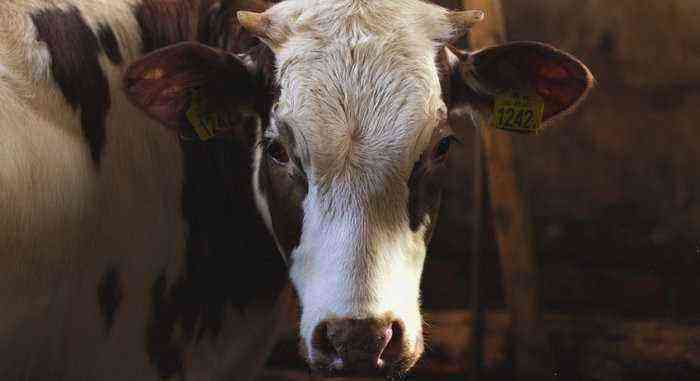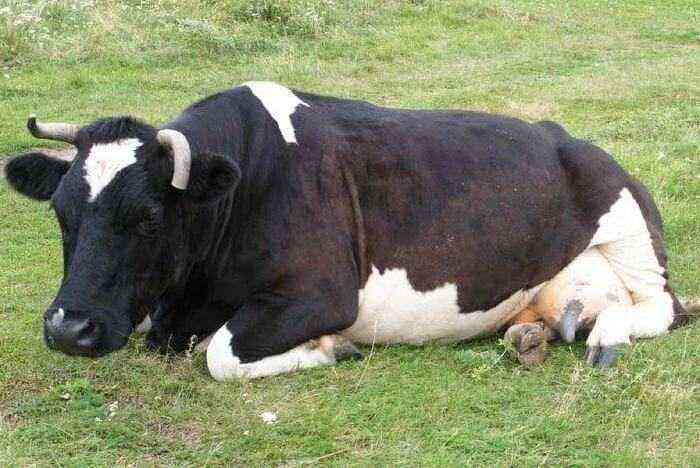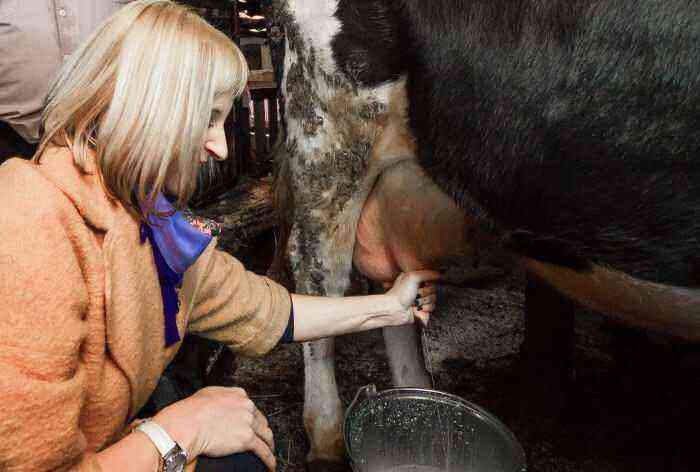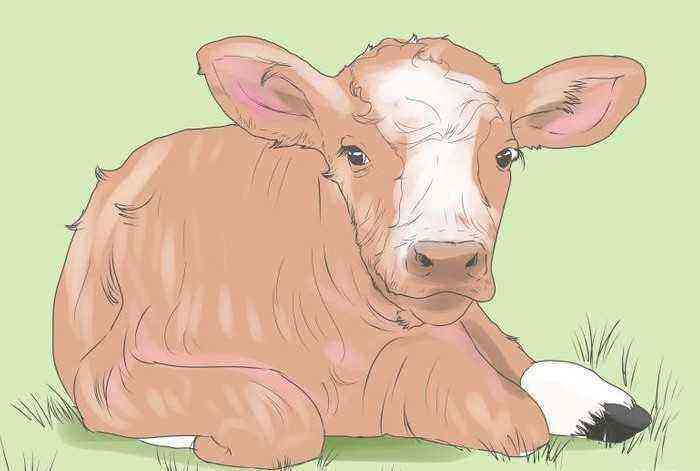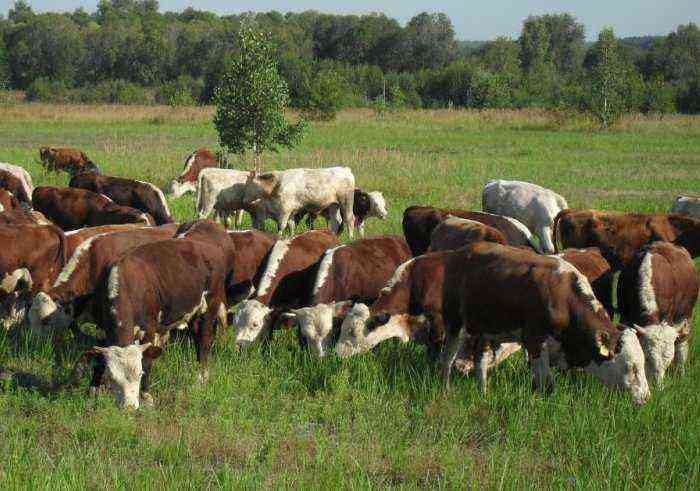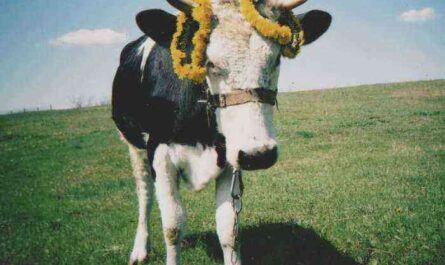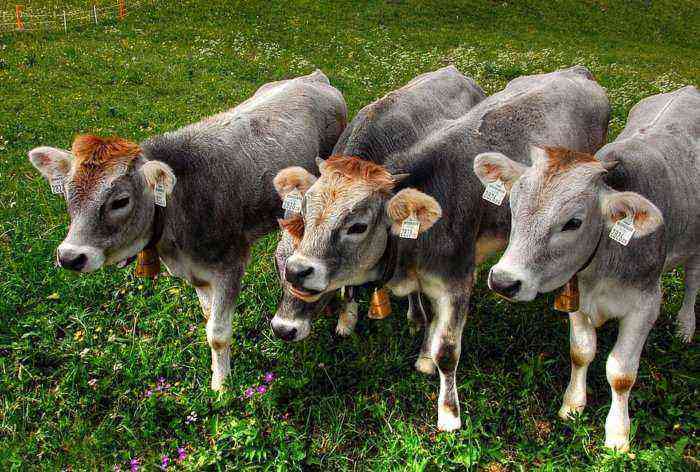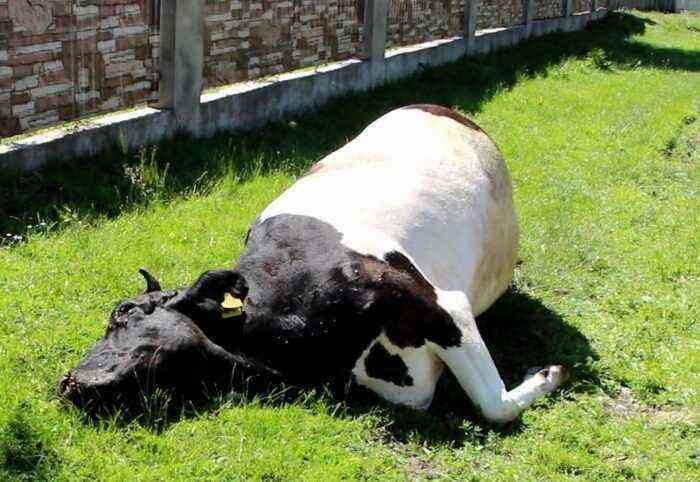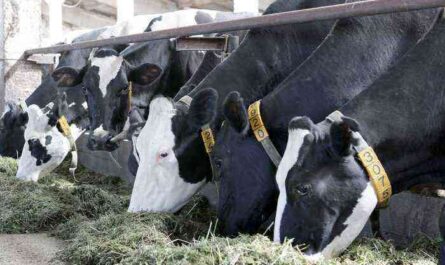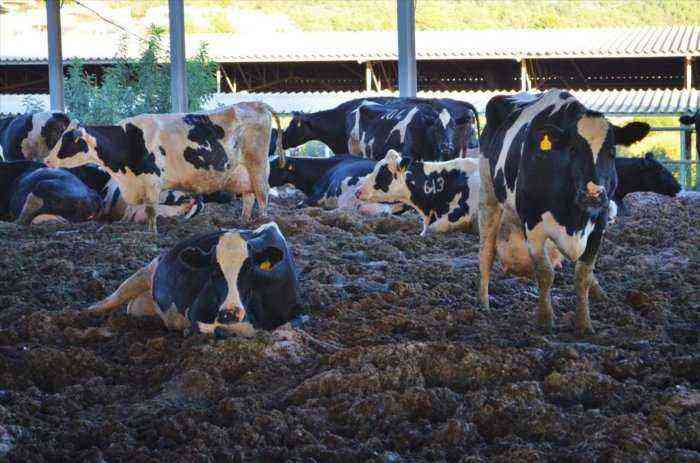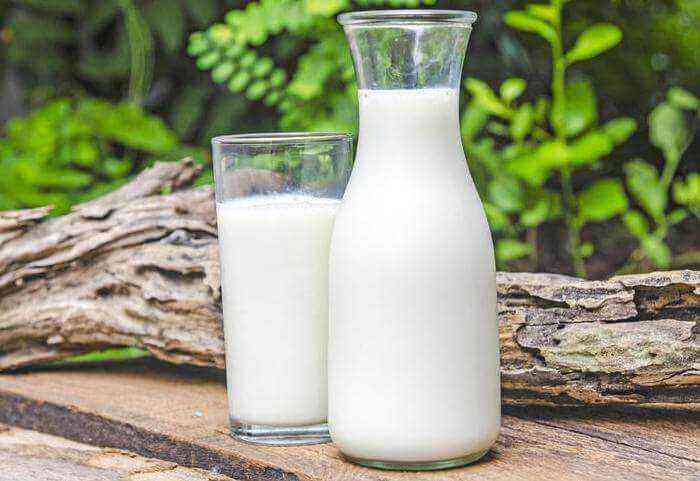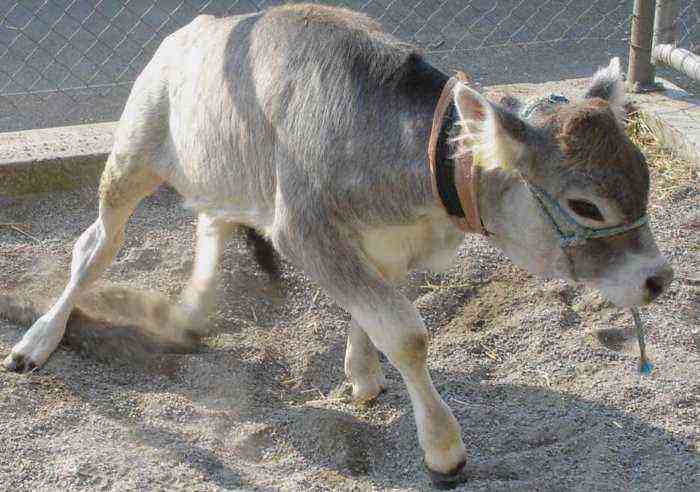E. coli enters the body of young animals through a dirty udder. Calves get colibacillosis while suckling milk. The disease leads to rapid dehydration of the body. Colibacteriosis of calves is accompanied by general intoxication.
E. coli
Description
The causative agent of the disease is Escherichia coli, which belongs to the Enterobacteriaceae family. Anaerobic microorganisms are characterized by high enzymatic activity. After infection, calves develop intense diarrhea and sepsis.
Causes
The infection affects young animals aged 1 to 7 days. Most often, E. coli enters the body of calves from adults. The carriers of the infection can be ill cows.
The risk of contracting colibacillosis increases if the owner does not monitor the nutrition of livestock. The absence of colostrum leads to the penetration of infection into the digestive tract. Often, animal owners keep cows and calves in the same room, and this increases the likelihood of transmission.
The infection spreads rapidly in the herd due to non-compliance with hygiene rules. It is necessary to carry out disinfection of premises in which animals are kept in a timely manner. The tendency to colibacillosis among young animals is associated with a high permeability of the intestinal walls.
Calves have not yet developed an immune system. Infection with the causative agent of colibacillosis occurs due to physiological characteristics. Colostrum contains substances that increase immunity. They protect the body of the newborn from intestinal infections. However, some pet owners do not give colostrum to their calves. This leads to an increased risk of infection with harmful bacteria.
There are 3 types of the disease:
- A sign of the septic form is general weakness and destruction of blood vessels. Intense diarrhea deprives the calf of the substances necessary for life. Deficiency of immunoglobulins leads to active reproduction of pathogenic microorganisms.
- The enteric form is accompanied by increased secretion of fluid in the intestine.
- With enterotoxic colibacillosis, toxicosis begins in the calf.
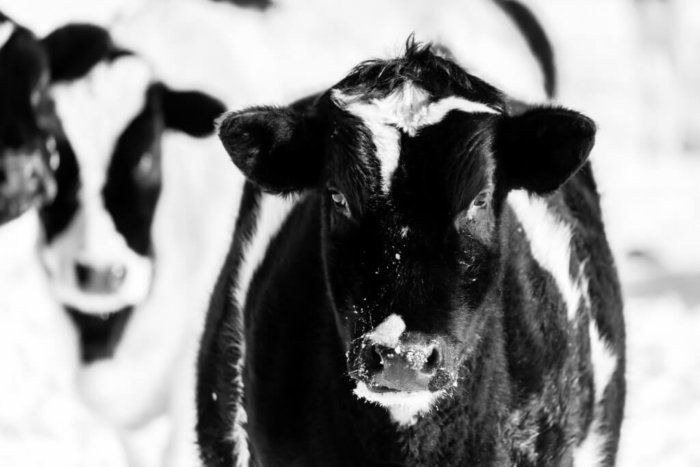
sick calf
In the first hours after birth, the calf needs colostrum. The intestinal mucosa of a newborn is highly permeable to microflora.
Important! Thanks to drinking colostrum, the development of colibacillosis can be prevented. It contains immunoglobulins that protect the calf from harmful bacteria.
Symptoms of colibacillosis
The duration of the incubation period can vary from 1 hour to 3 days. The rate of reproduction of harmful bacteria depends on the age of the calf and the condition of its body. There are several signs of the disease:
- The acute form of colibacillosis manifests itself in the form of intense diarrhea.
- Traces of blood and mucus can be seen in the animal’s feces.
- The calf is suffering from dehydration.
- In sick individuals, the sides and eyelids sink.
- A weakened animal can hardly move around the room.
- The septic form leads to increased heart rate and respiration.
- The calf’s temperature rises sharply.
- The animal loses its former activity.
Diagnostics
To help a sick calf, veterinary laboratory specialists examine the contents of the feces. In this way, it is possible to determine the type of pathogen that caused the development of the disease. Specialists examine the tissues of the liver, spleen and intestines of dead animals. Thanks to the sampling of biological materials, it is possible to determine the type of pathogenic microorganism.
Therapies
A sick calf must be put on a strict diet. Avoid milk completely, as it may contain harmful bacteria. Young animals are given antibacterial drugs that suppress the activity of harmful bacteria (Chlortetracycline, Neomycin). The choice of treatment method depends on the results of the tests.
To eliminate colibacillosis, veterinarians use the following drugs:
- Trimerazine;
- Ceftibutene;
- Enroflon.
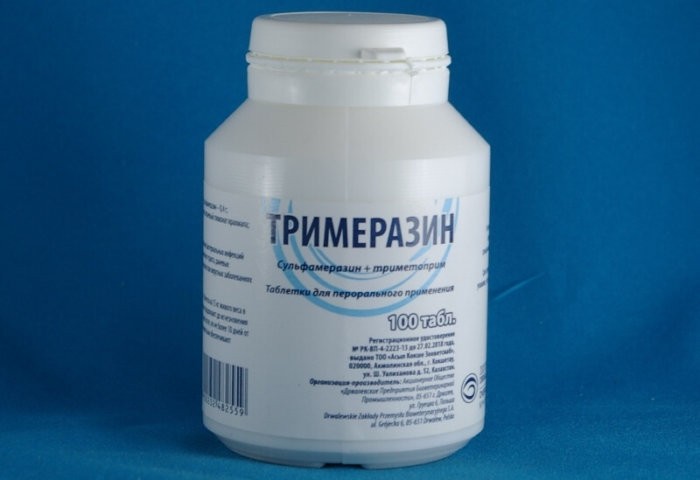
Trimerazine
To restore the balance of microflora in the intestines of young animals, probiotics are used (Enterobifidin, Bifidumbacterin). The reproduction of pathogenic microorganisms is accompanied by the release of a large amount of toxins. The body of the calf is trying to get rid of harmful components. Diarrhea is a response to the penetration of bacteria.
You can speed up the elimination of toxic substances with the help of flaxseed or oatmeal broth. They envelop the walls of the intestines of calves and protect against irritating components.
Intense diarrhea leads to a rapid loss of fluid that the newborn needs. To restore the water-salt balance, you can use herbal decoctions with astringent properties. You can help a sick calf with infusions of sage, St. John’s wort or chamomile flowers.
Unlike antibiotics, herbs do not harm beneficial microorganisms. To cope with vitamin deficiency, complex preparations are used.
Prevention
To reduce the risk of infection with colibacillosis, it is necessary to carry out timely vaccination of cows before calving. Adults are potential carriers of a dangerous infection. Breeders are advised to disinfect the premises. Inventory must be kept clean. The causative agents of colibacillosis can be present in water and feed.
Colibacillosis in calves is accompanied by intense diarrhea. Animals that have been ill are carriers of a dangerous infection. The risk of infection increases if newborns do not receive colostrum during the first hours of their lives. This deprives the calves of protection against the penetration of pathogenic microorganisms. You can get rid of E. coli by using antibacterial drugs.

